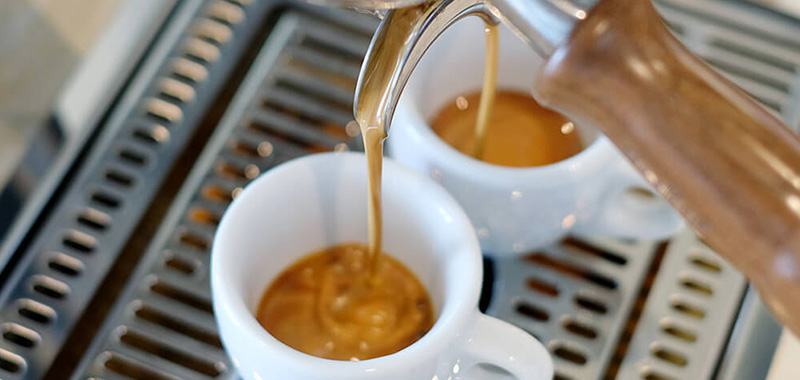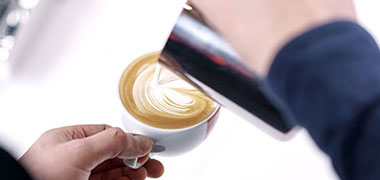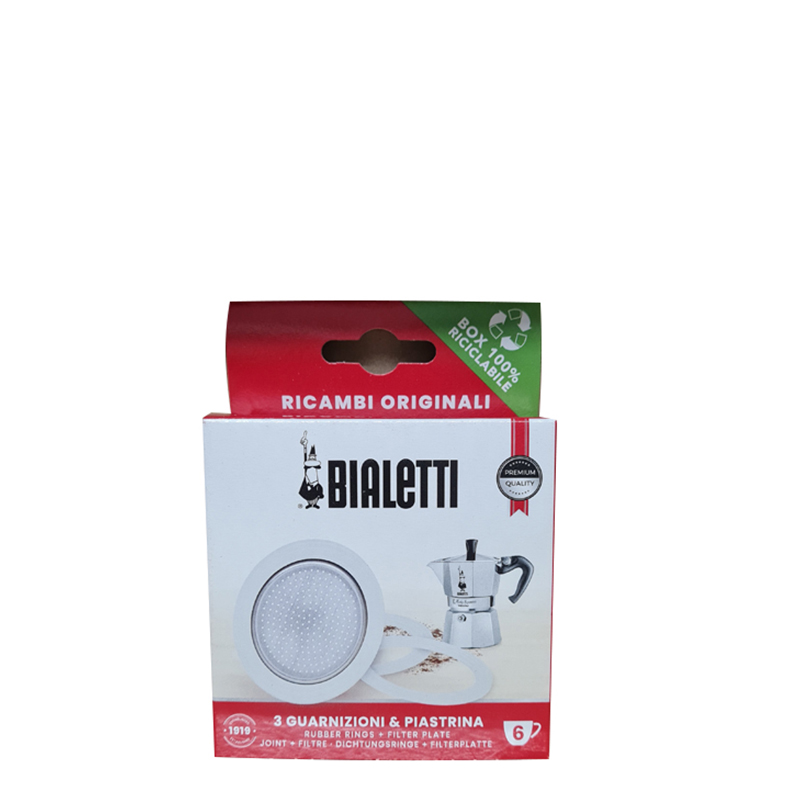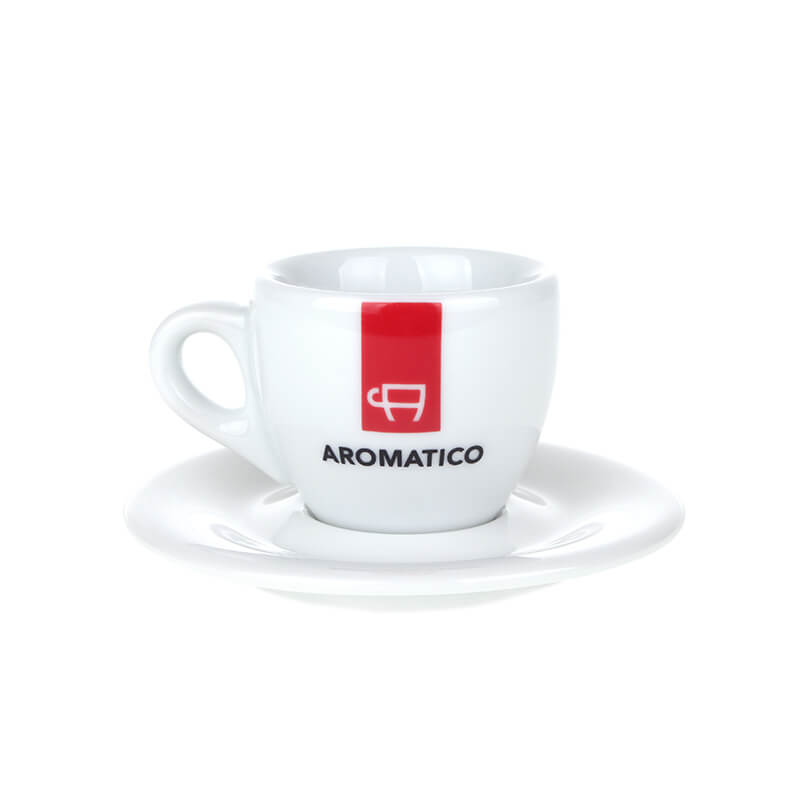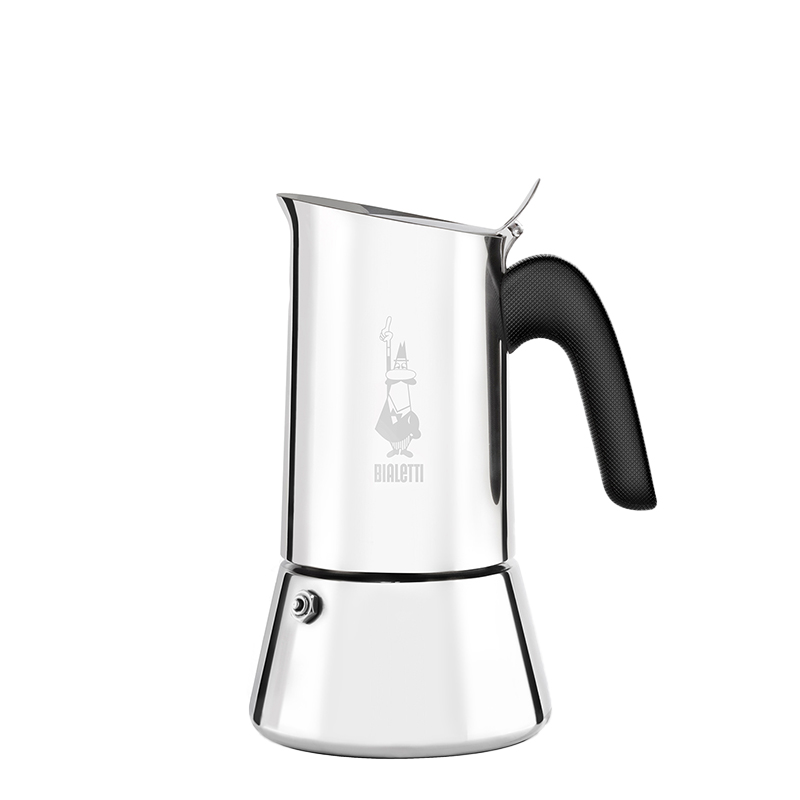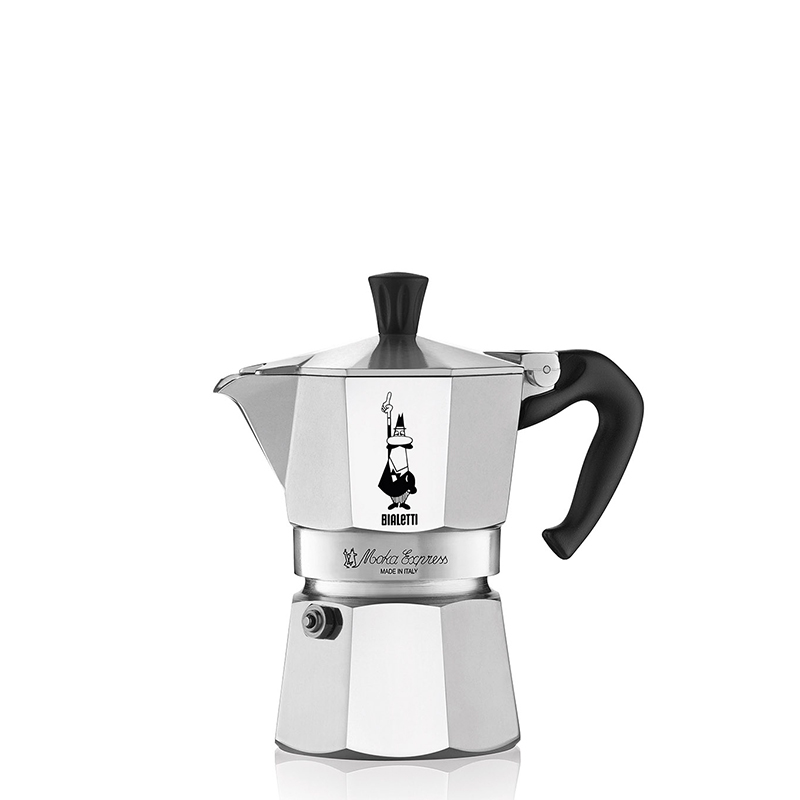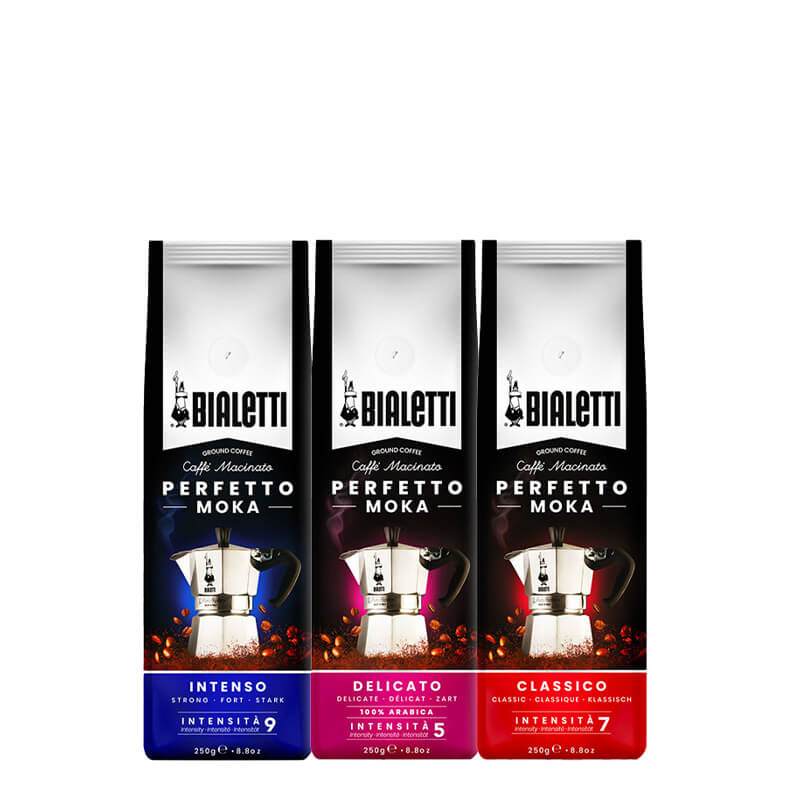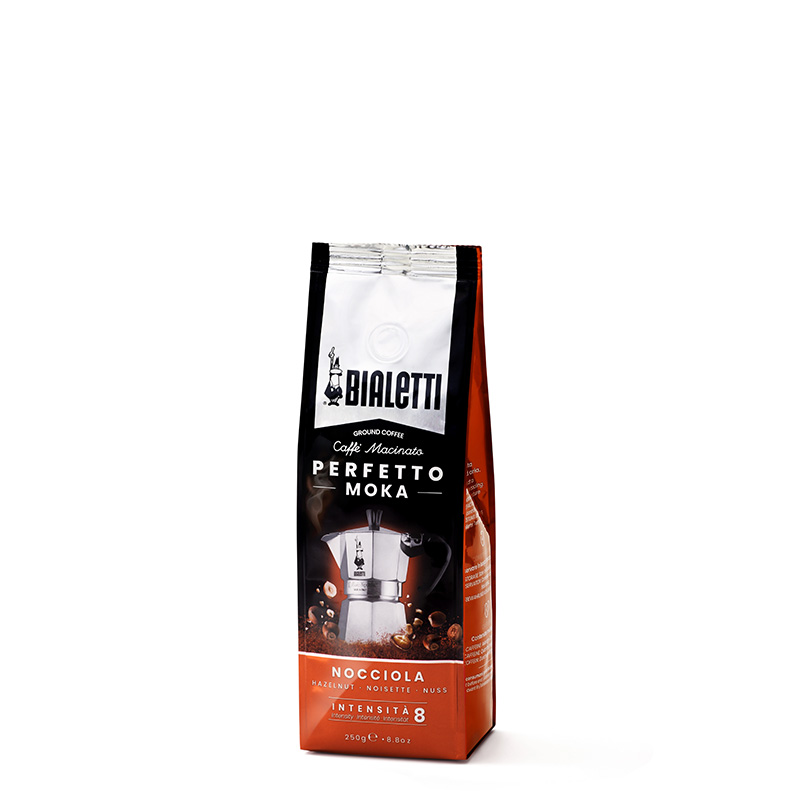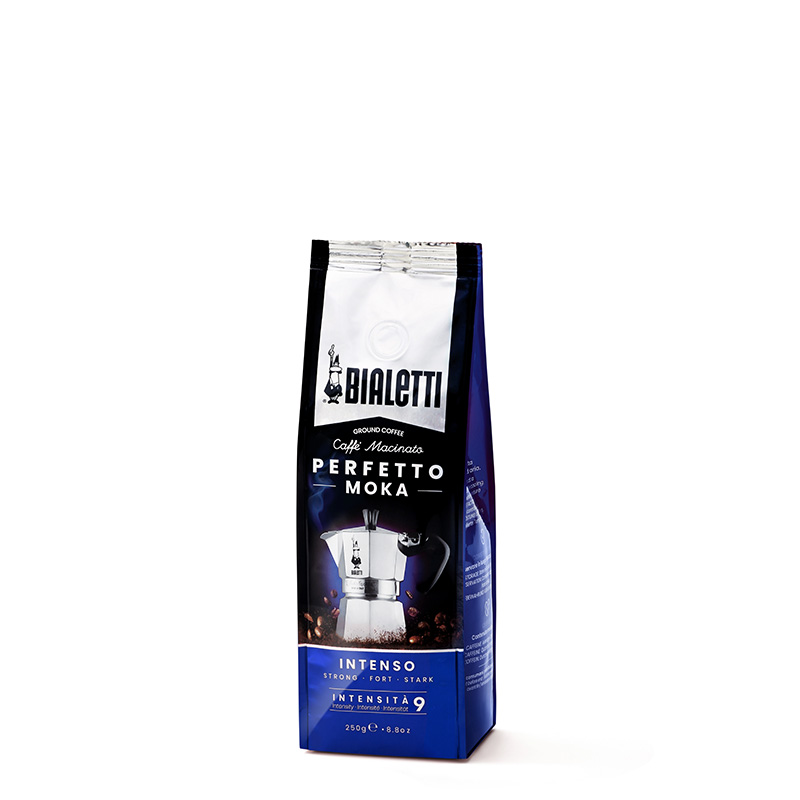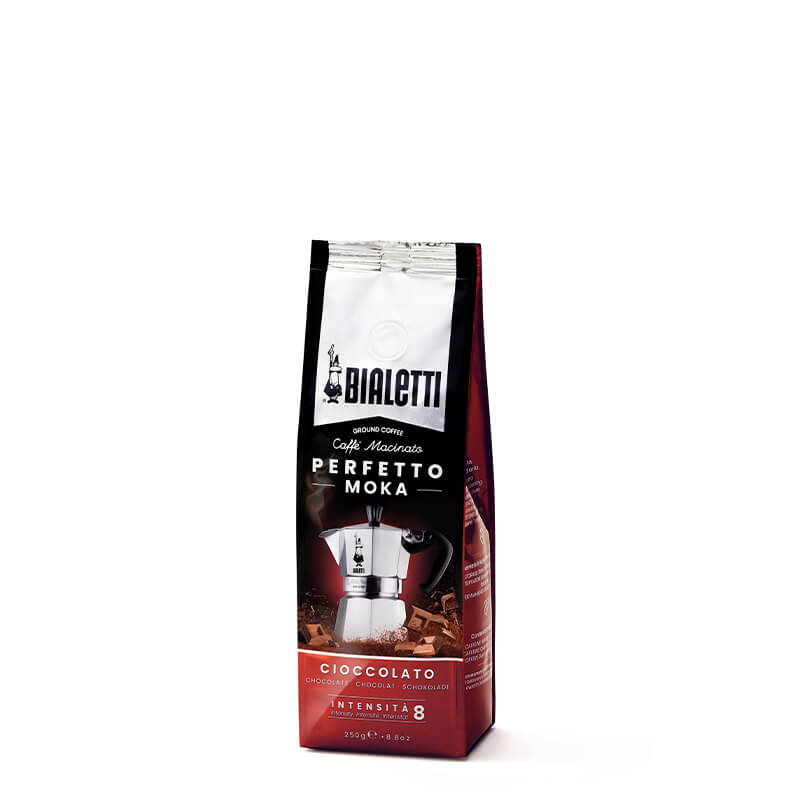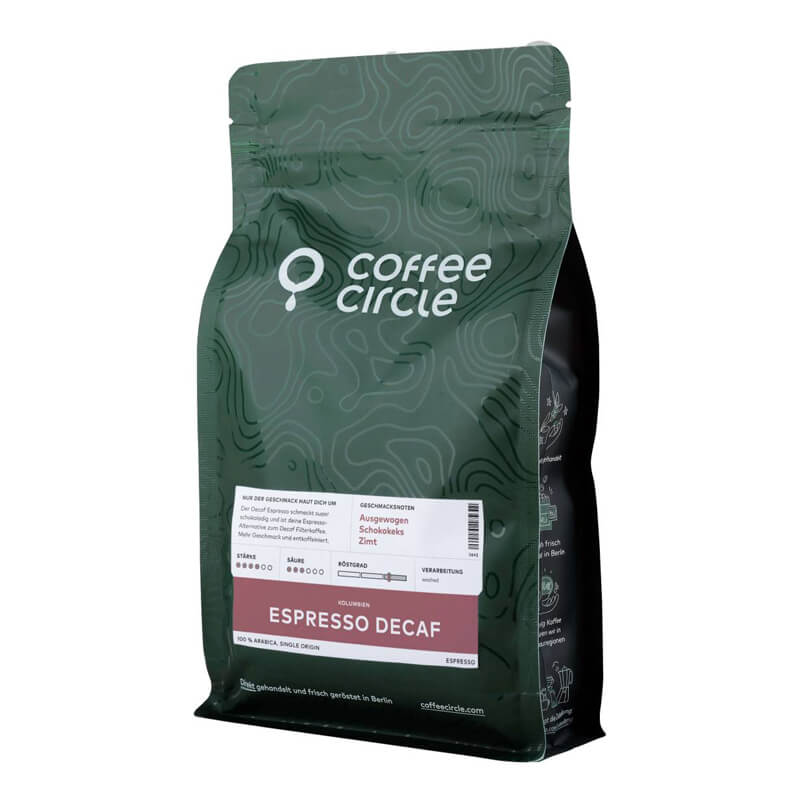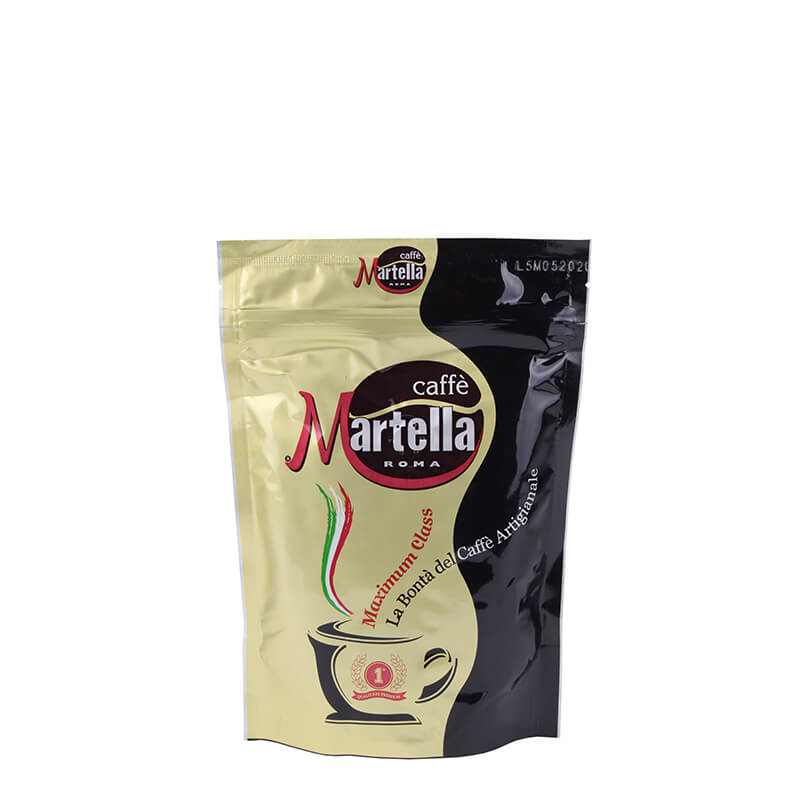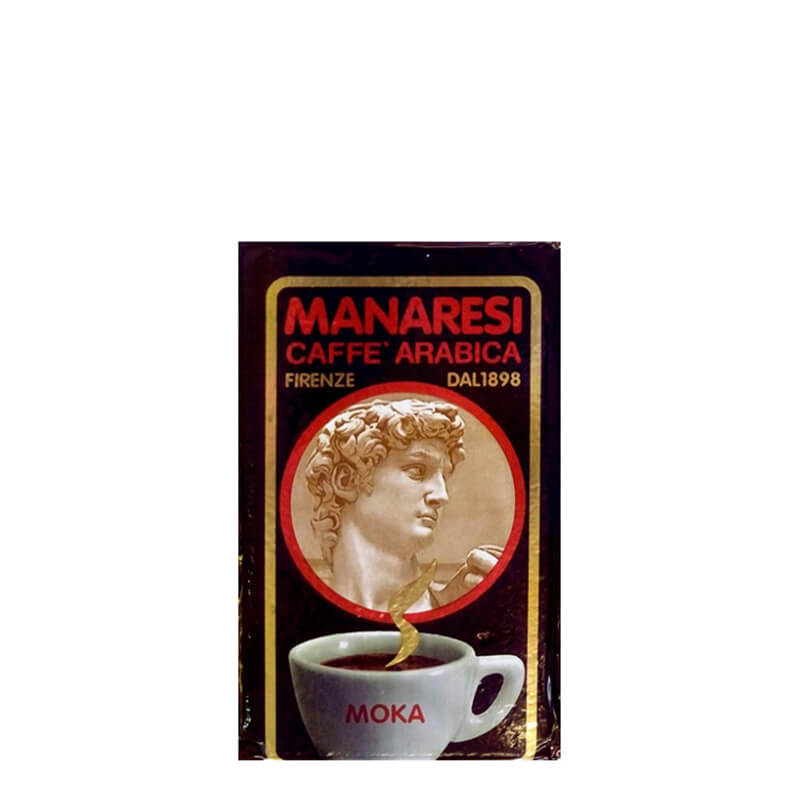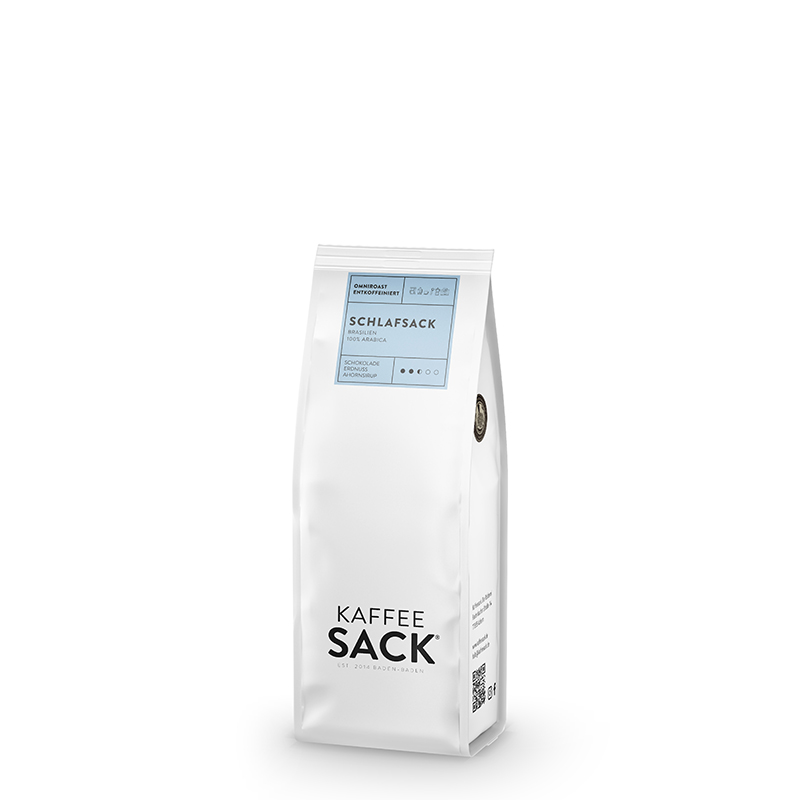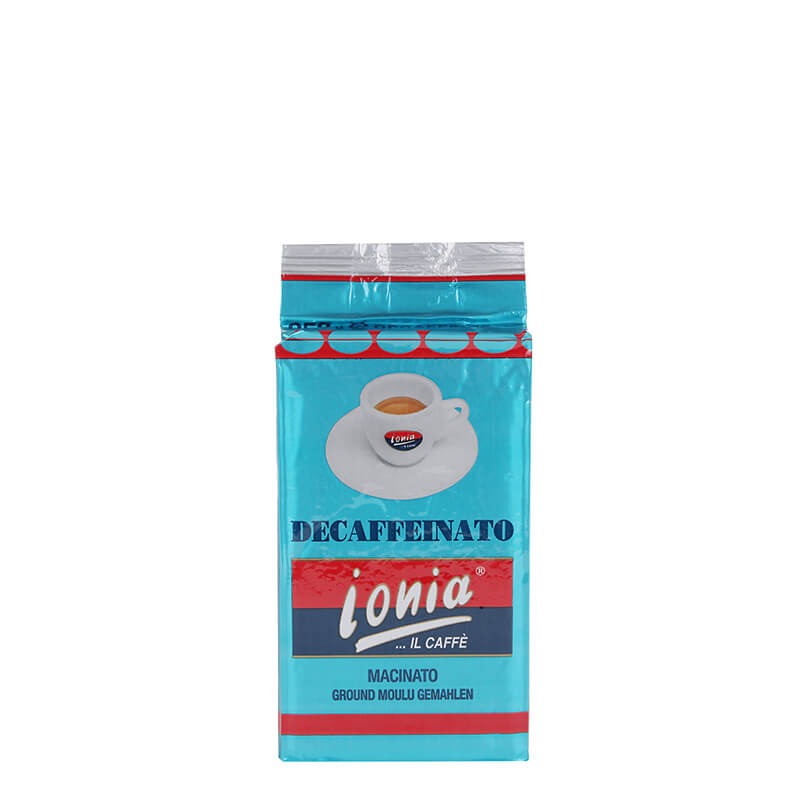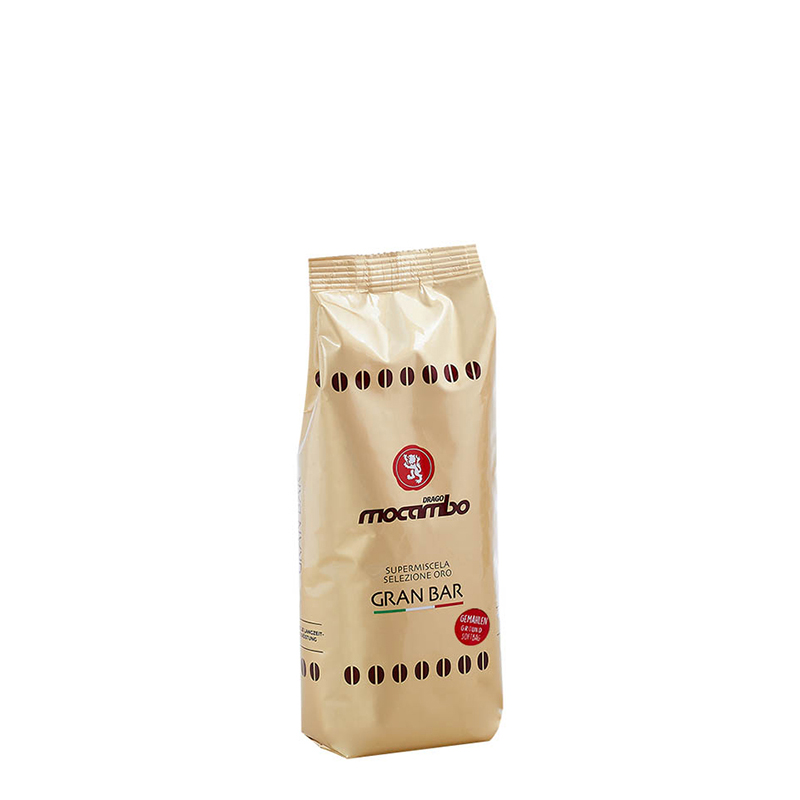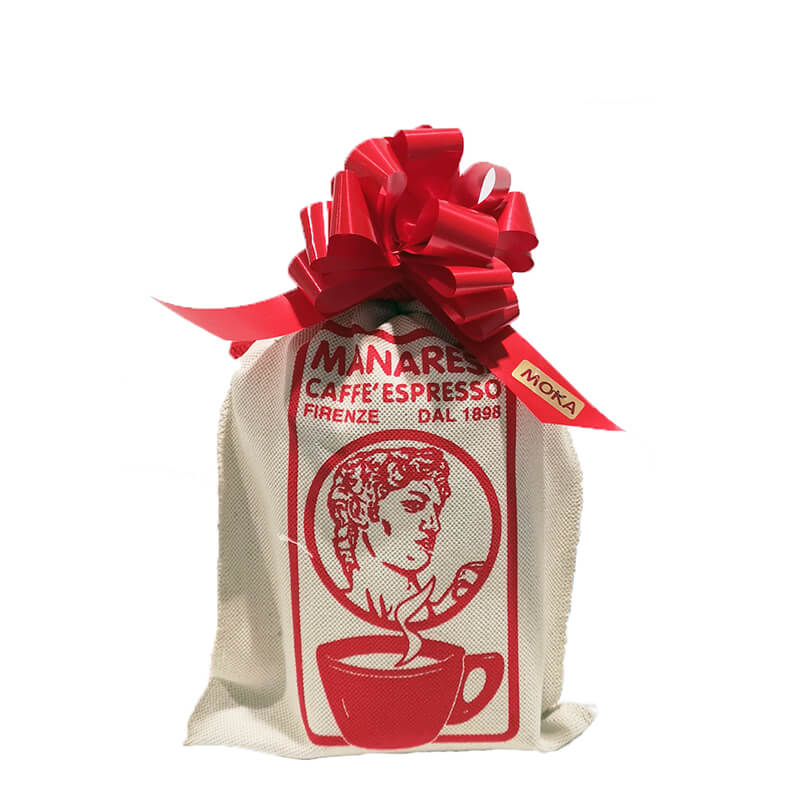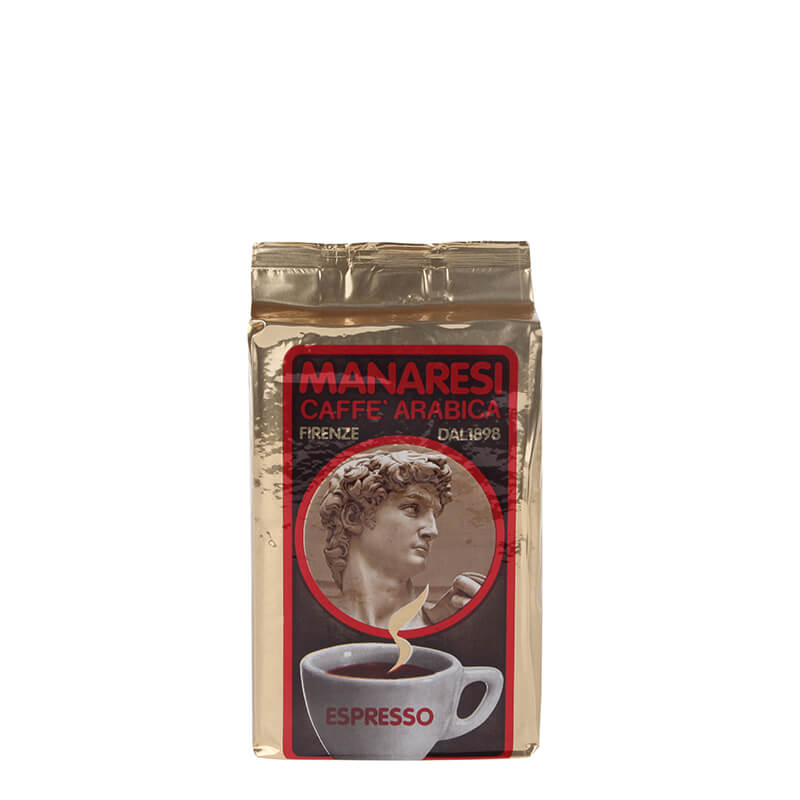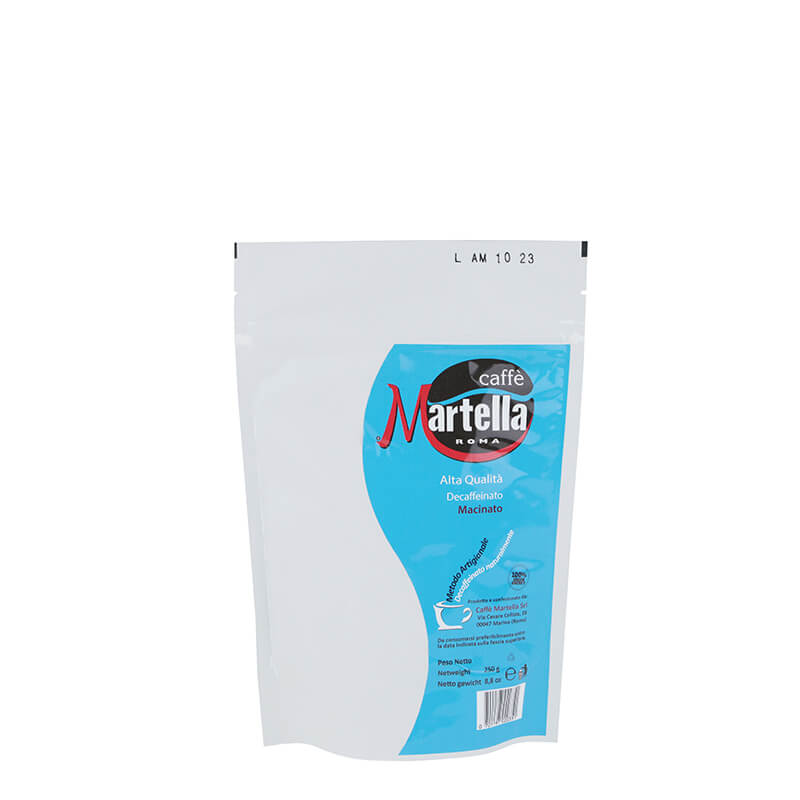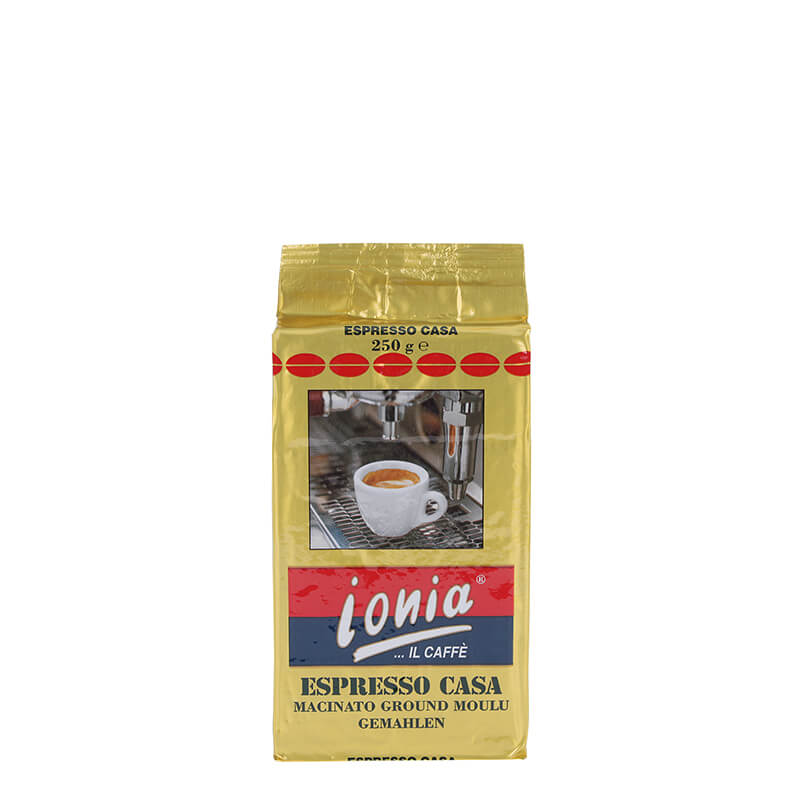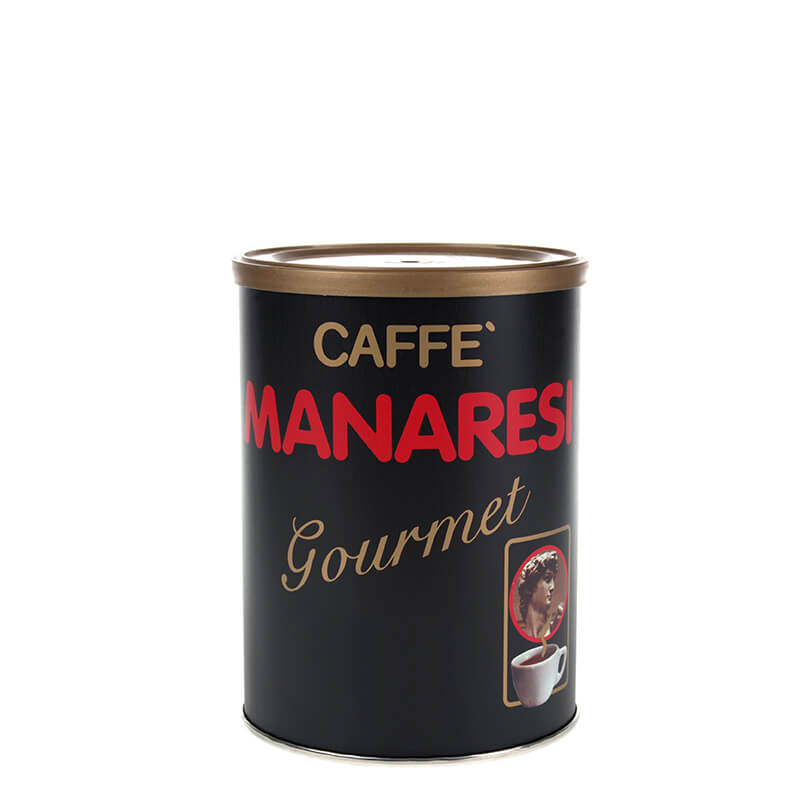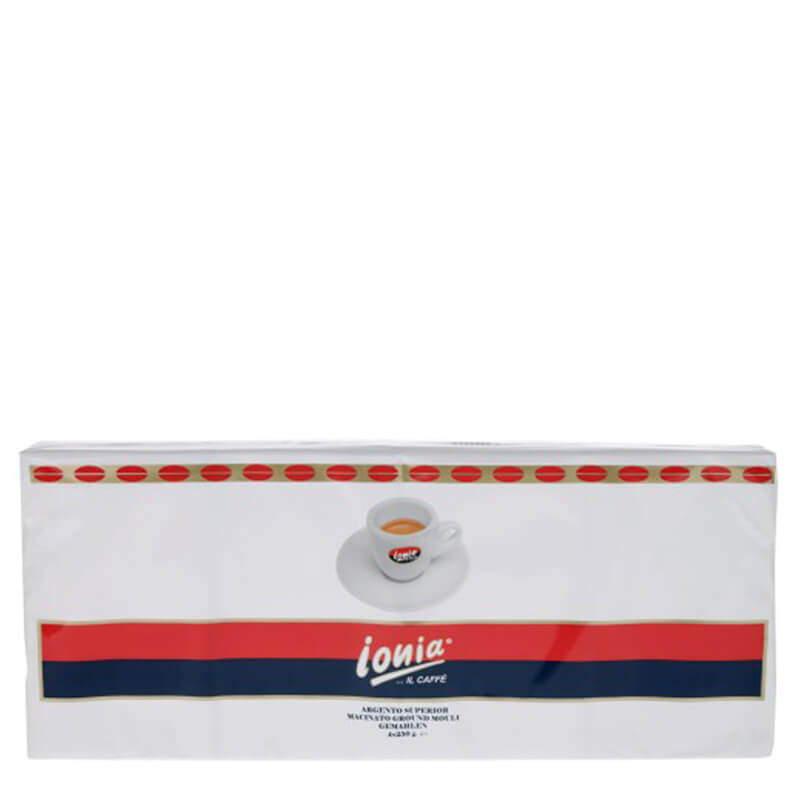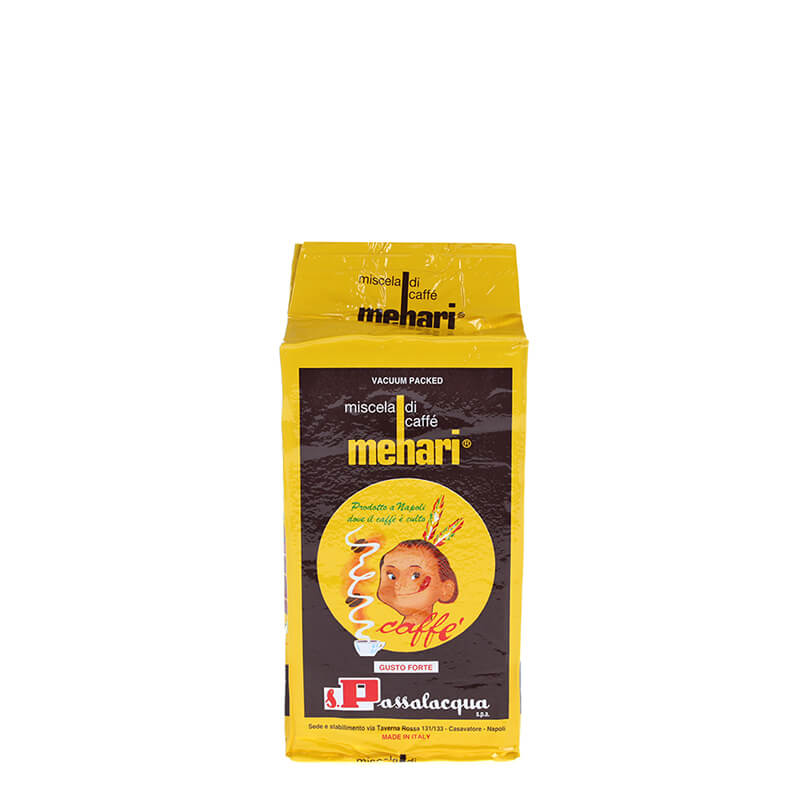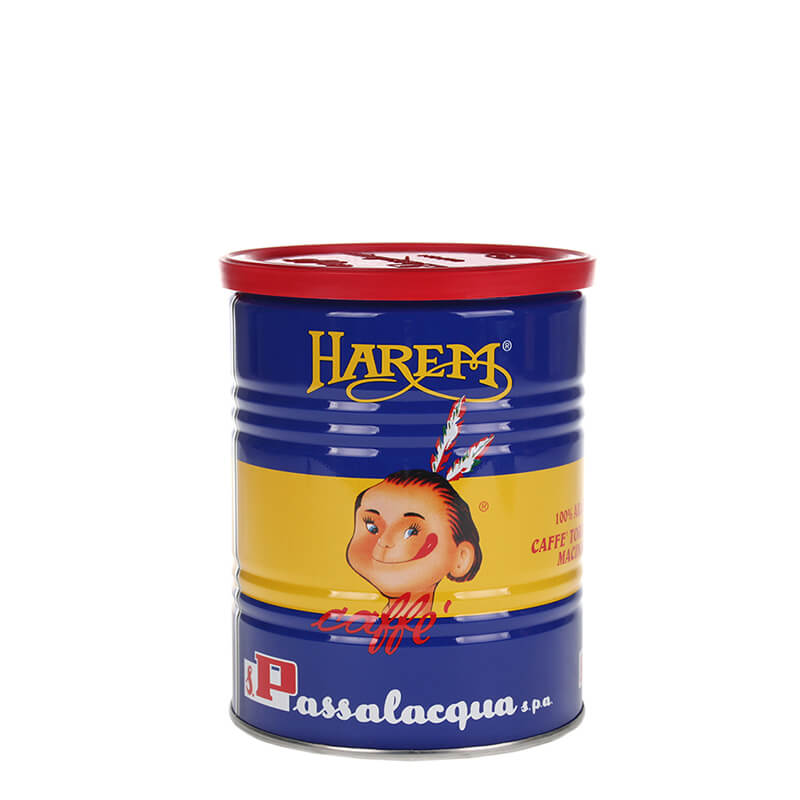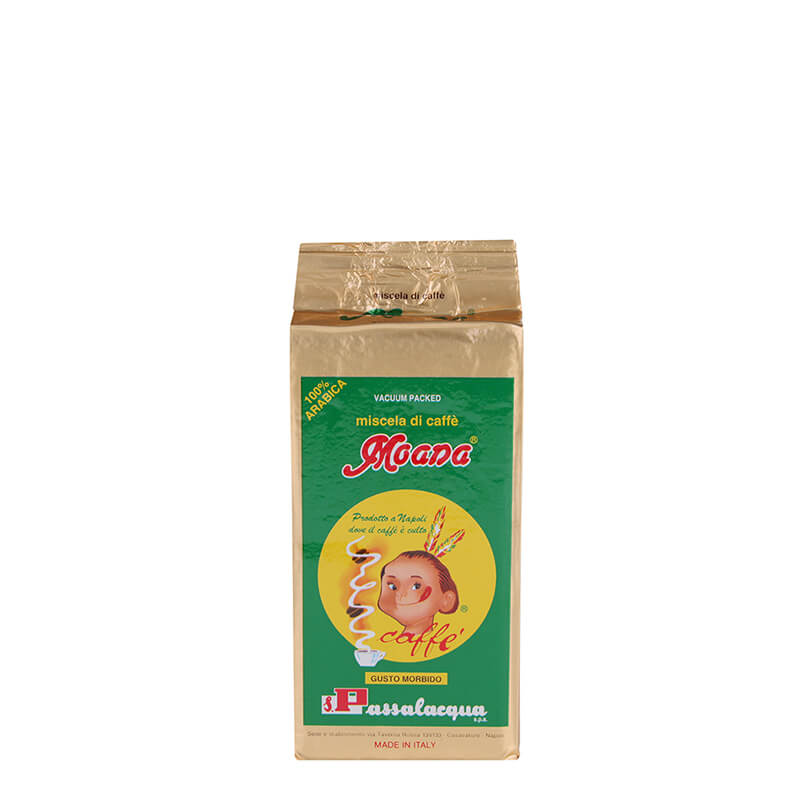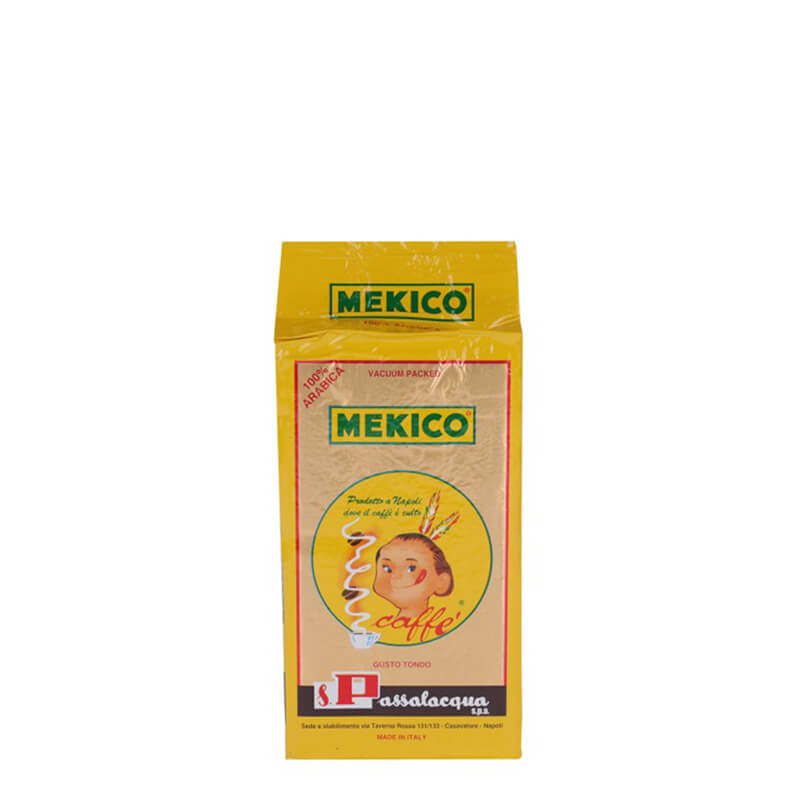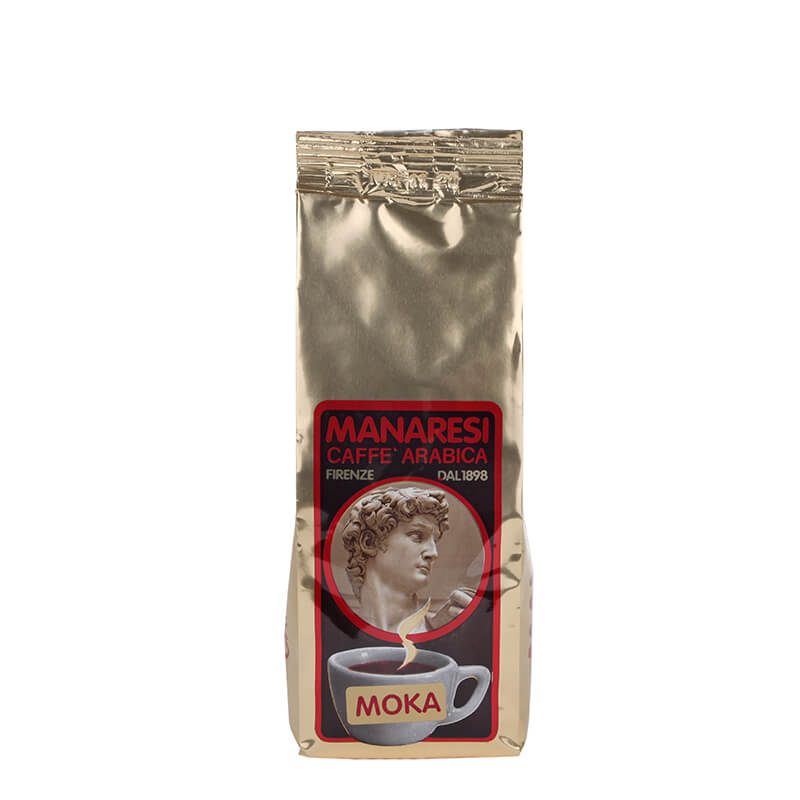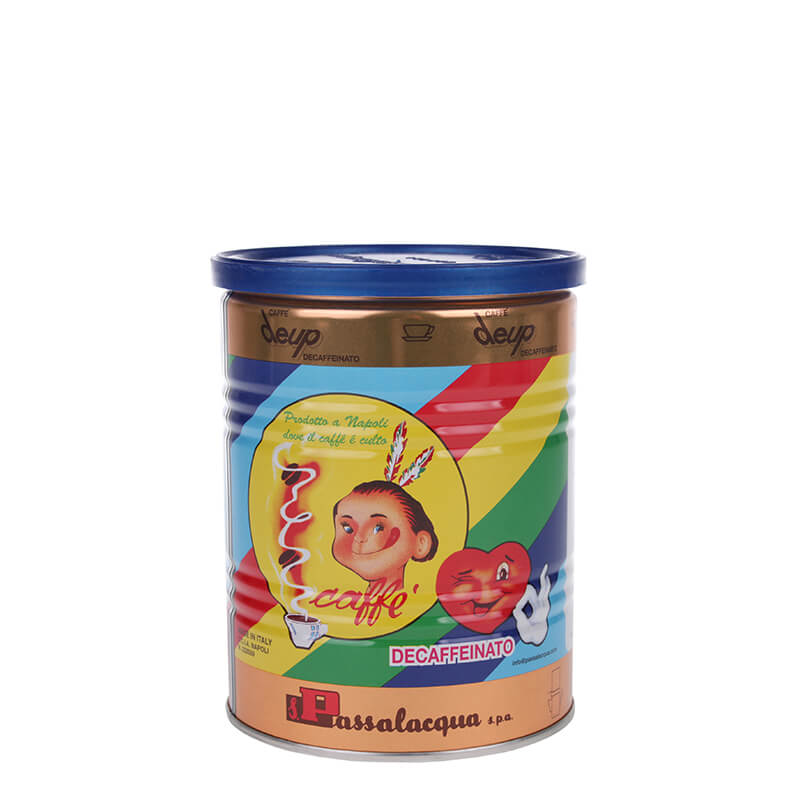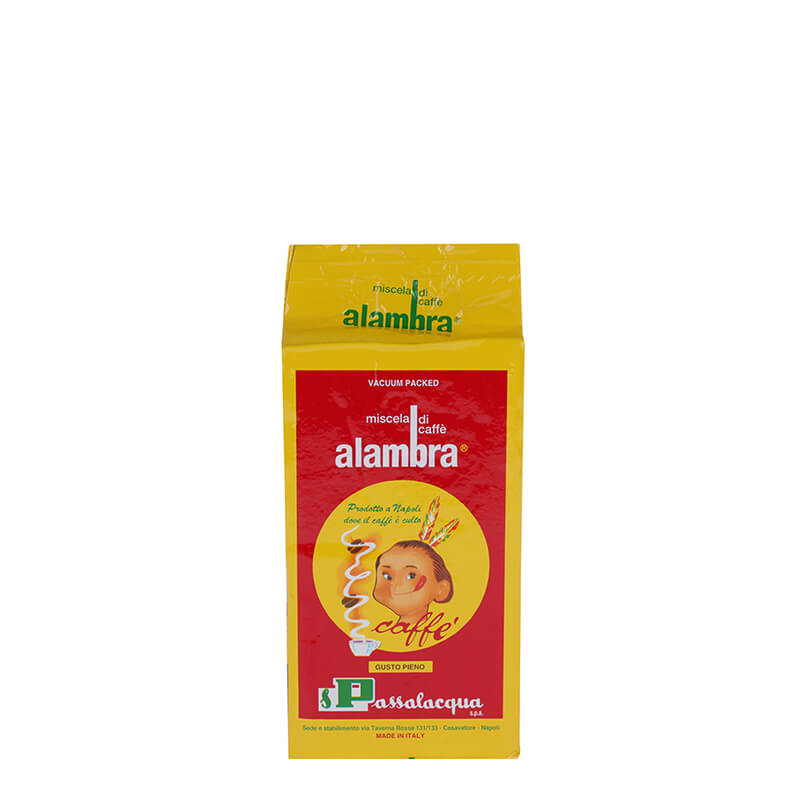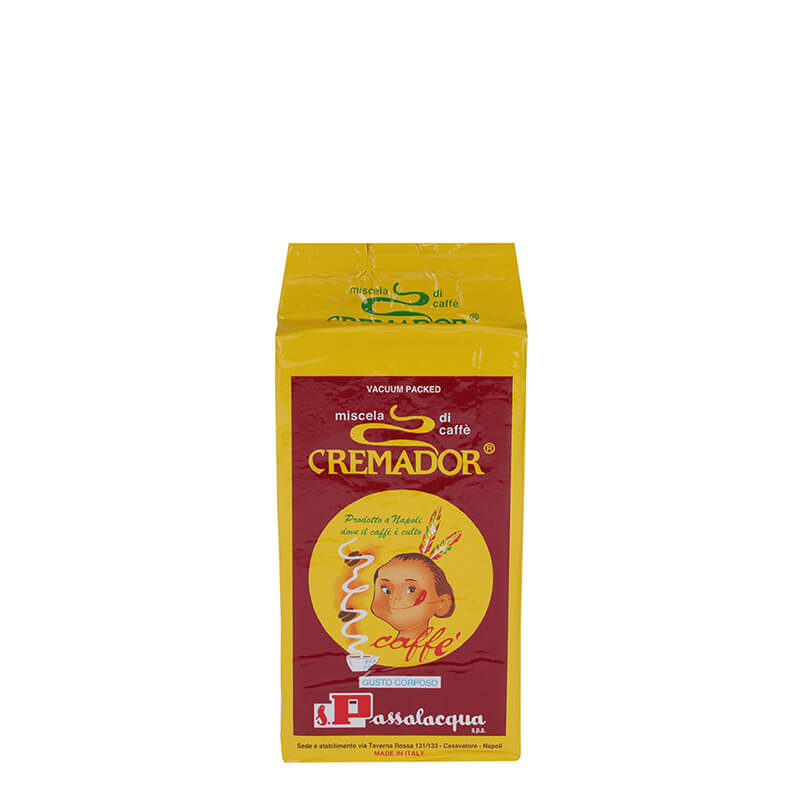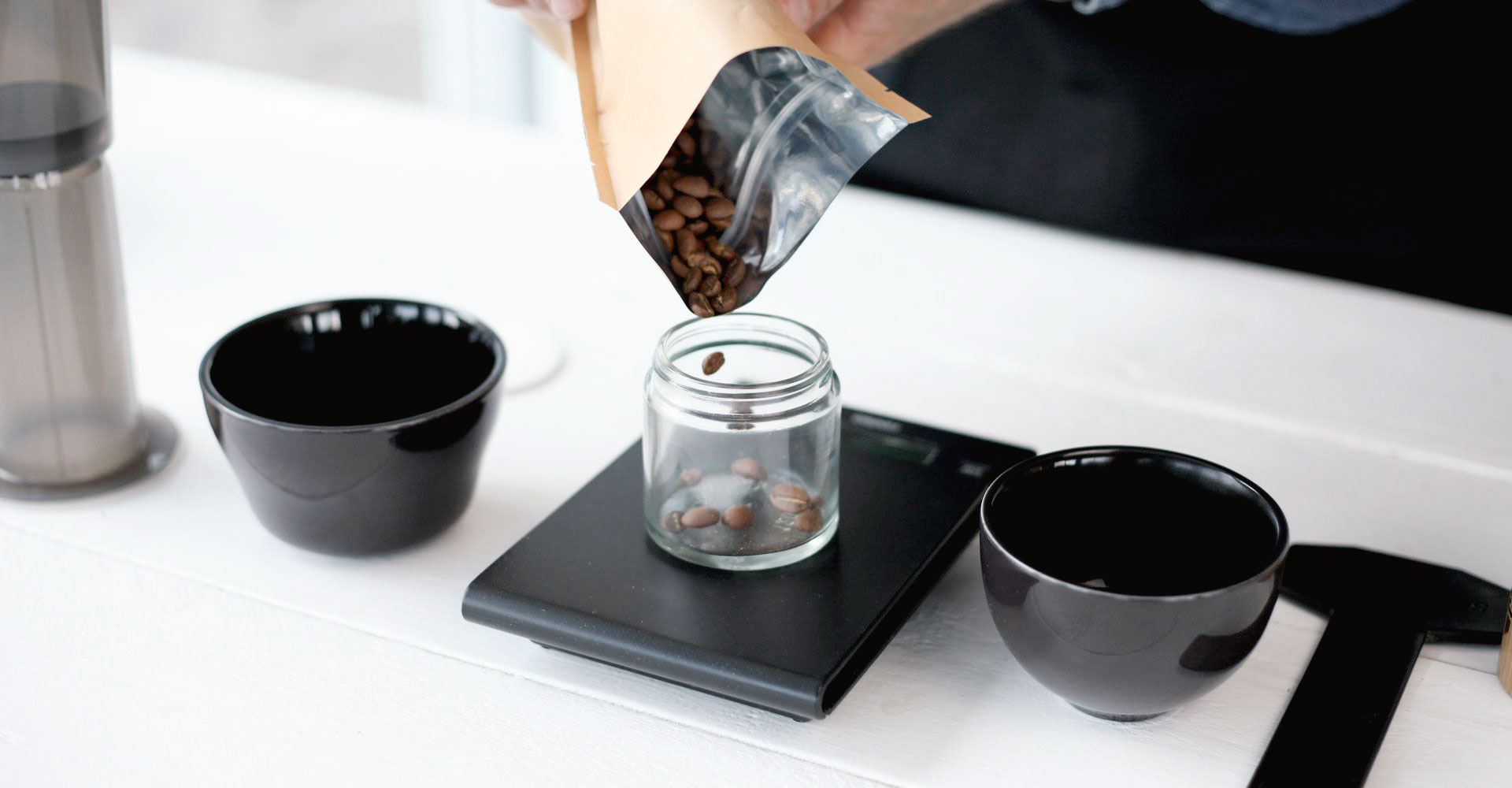

THE MOCHA POT: THE SECRET OF MAKING ITALIAN COFFEE
PREPARATION STEP BY STEP
YOU NEED THESE ACCESSORIES
INSTRUCTION: PREPARATION ESPRESSO MAKER
Step 1: Amount of water for espresso maker

Step 2: Coffee quantity and grind espresso maker

Grind the coffee beans with a fine grind between espresso and filter coffee. Our recommendation: approx. 22 g for 200 ml water.
Step 3: Put coffee grounds into sieve element

Pour the ground coffee into the sieve element and press down lightly with a spoon. Never use a tamper, as this would compress the ground coffee too much.
Step 4: Determine temperature

Screw the mocha pot together and place it on the stove over medium heat. Too much heat could burn the coffee.
Step 5: Extraction time espresso maker
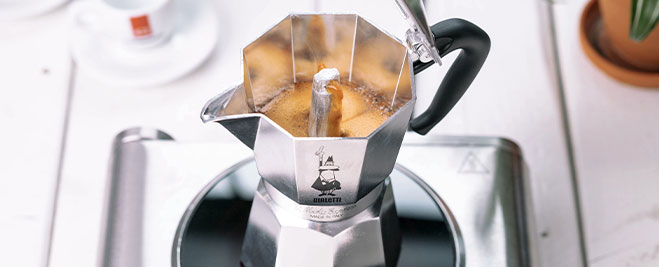
Now be sure to stay with it and wait until the coffee comes out of the riser tube. Here, carefully open the lid every now and then. The extraction time is approx. 2.5 - 3 minutes. As soon as the typical sound is heard and a steady stream can be seen, remove the mocha pot from the stove. The residual heat will push the coffee up completely and you will prevent the coffee from burning.
Step 6: Enjoy espresso

Pour and enjoy delicious Italian caffè.
SUITABLE COFFEES FOR THE ESPRESSO MAKER
GENERAL
For many coffee lovers, the moka pot is the epitome of authentic coffee enjoyment. She is also known as Bialetti Espresso maker, although strictly speaking the pressure generated is too low for an espresso. The Italians usually refer to it as “Bialetti” after the Italian manufacturer of the same name or simply as “Moka”.
The moka pot works on the principle of a perculator: the water is in the By supplying heat from below, the pot is pushed up through a riser tube and through the ground coffee. With the espresso pot, preparation is like a leisurely ritual in which you devote a few minutes of attention to your coffee. To choose the ideal coffee for your moka pot, it's worth taking a closer look at the extraction. This takes place in three phases. In the first the acids and fruity aromas dissolve, in the second the oils with their aromas, in the third the bitter substances. It is therefore important that you keep an eye on the espresso pot on the stove to avoid over-extraction. The result rewards you in the form of a full-bodied coffee with balanced aromas. This corresponds to an extraction rate of 18 to 22 %.
CHOOSING COFFEE POWDER AND BREWING METHOD
Preparing espresso in a Bialetti moka pot begins with choosing the right coffee powder. It is important to use coffee powder with the correct grind. Grinding too coarsely can cause the coffee to be too watery, while grinding too finely can cause the pot to become clogged. A grind that is slightly finer than that for filter coffee is ideal. Experiment with different coffee blends and grind sizes to find your personal favorite taste. Even grinding ensures a consistent extraction and a balanced result in terms of taste. Adjust the grind to your personal preferences. With the right grind, the right amount of water and precise temperature control, you can be sure that your espresso will taste great and your coffee experience will be a real pleasure.
DIFFERENT ROASTS FOR DIFFERENT PREFERENCES
One One of the exciting possibilities when preparing with the Bialetti moka pot is the selection of different coffee roasts. Depending on your personal taste, you can choose fruity roasts with light beans or strong, darker roasted beans. The moka pot makes it possible to extract the aromas of the coffee beans in a unique way and thus enjoy a full-bodied espresso with balanced flavors. Try different roasts and discover which one suits your taste best.
IN ITALIA / ALL‘ITALIANA
The classic espresso maker is the typically Italian way of making espresso. A Bialetti espresso maker can be found in all Italian households. The traditional Bialetti has an octagonal shape, the modern one has a round shape - in both versions it is a stylish design element for your kitchen! It was invented in 1933 by the Italian Alfonso Bialetti under the name “Moka Express” and has remained almost unchanged to this day.
PREPARATION ON AN INDUCTION STOVE
Not every Bialetti espresso pot is suitable for this Making espresso on an induction stove. If your model is not suitable, we have suitable adapter plates from Bialetti in our online shop that can be used on your induction cooker. The advantage of induction cookers is their precise temperature control. When heating the water on the induction stove, you can set the exact temperature required for the perfect extraction of your espresso. Make sure you use the right amount of water for the best flavor. Experiment with different amounts of water and grind settings to create the espresso that best suits your taste. As soon as the espresso lands in your espresso cup, you will enjoy the full-bodied taste and balanced aromas that this preparation method offers.
TIPS
When making espresso in a moka pot, you will usually not get a crema because the pressure in the pot is not enough to create a crema. However, if you value crema, there are espresso makers with a crema valve. This valve is located at the top of the riser tube and allows a beautiful crema to be created when the coffee is pushed through the valve under pressure. So if you are a fan of crema, you should look for an espresso maker with a crema valve to enjoy this additional taste experience.

